Friends, rather than selling and shipping seeds, we now share seeds as an embodied gift practice. Learn how to receive seeds from us & here are our FAQs.
Dutch Red Shallot
[Pre-Order during our Mid-Summer Sale: 20% Off]
Shallots are known for their sweetness, especially compared to their pungent botanical cousin, the onion. Dutch Red Shallots are sweet indeed and such a treat to enjoy all winter long. And prolific! In mediocre soils, you’ll harvest 10 bulbs for every 1 you plant. We harvest 20+ bulbs for every 1 we plant in our rich soil amended with our organic garlic & shallot fertilizer that you’ll find here!
Unlike garlic, shallots can be spring-planted. Though they’re often 80% as abundant as fall-sown shallots, don’t hesitate if you thought you missed the window.
Their copper-rose skins and plump one to four-inch bulbs are too handsome to tuck away in the cellar, so they reside in a beautiful bowl in our kitchen as the snow flies. It’s true: Dutch Red shallots will store well over one year when cured properly. Also, peeling them was laborious until Brian and Chrystine of Uprising Seeds taught us to slice them lengthwise and simply pop them out of their skin!
Shallots ship in mid-September!
Mid-Summer Select Garlic & Shallot Sale: 20% Off Discount automatically applied at Checkout.
Organic Dutch Red Shallot
Shallots are as easy to grow as they are delicious! And abundant: We often harvest 20+ shallots for each 1 we plant.
Prepare: Did you know? Shallots are one of the hungriest crops in your garden! We feed our soil as well as our garlic with our Organic Garlic & Shallot Fertilizer as well as our Fish & Kelp Emulsion.
Plant: Plant each bulb in the fall, when you plant your garlic. For us here in the Finger Lakes of New York, in Zone 5, anytime late September to Thanksgiving is optimal. Plant each bulb’s top one inch deep and six inches apart in rows, with at least six inches between rows. Mulching reduces frost-heaving and weed pressure while increasing moisture retention.
Plant Care: Keep well-weeded and well-watered throughout spring and summer.
Harvest: Harvest once tops begin to fall over. Cure and store 12+ months.
Learn More: Fruition’s Organic Garlic & Shallot Academy shares a lifetime of lessons distilled into step-by-step tutorials, season by season, to amplify your garlic & shallot abundance for years to come. And Friends, we decided to make it free because our individual & collective abundance as well as our ability to give generously is more critical than ever and also, we love you! Join us here.
Fruition’s Growing Guide
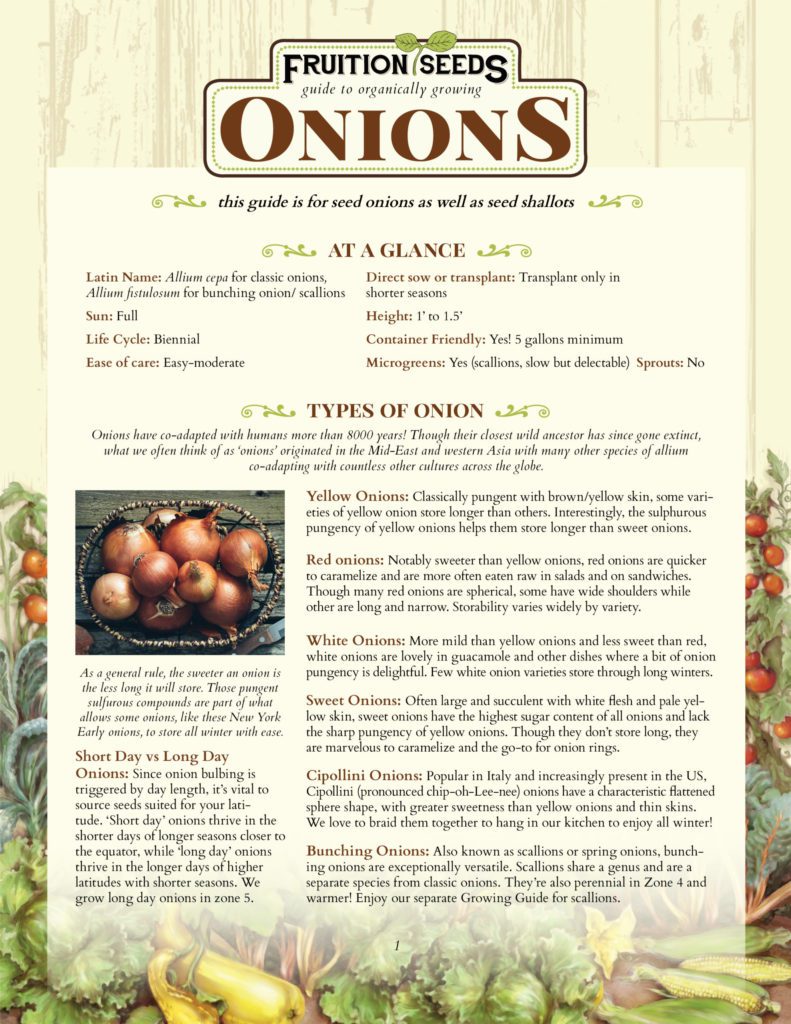

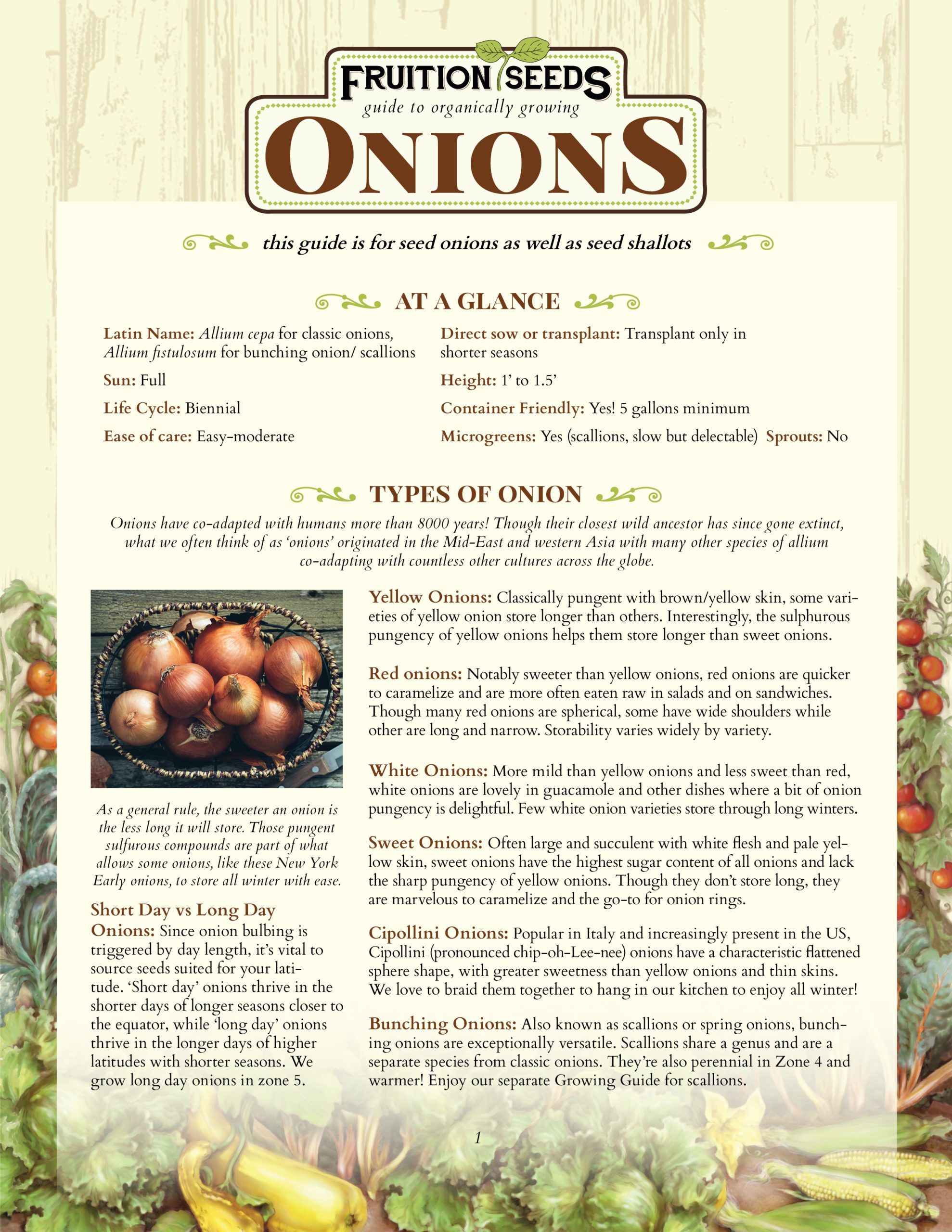

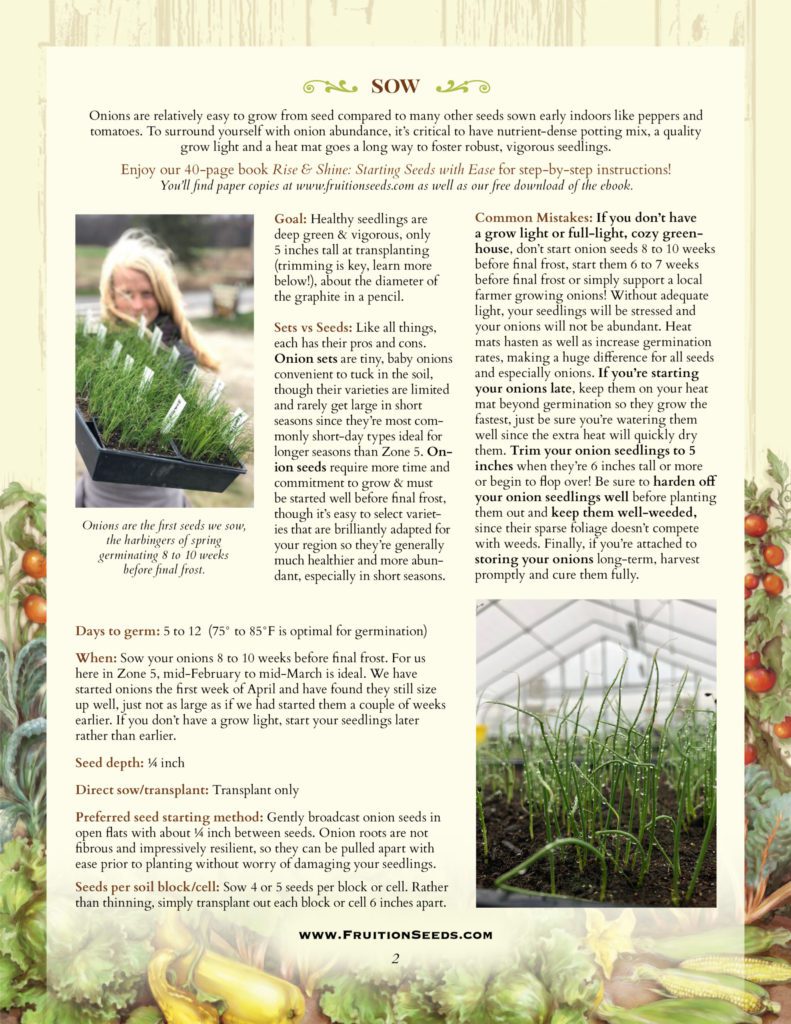

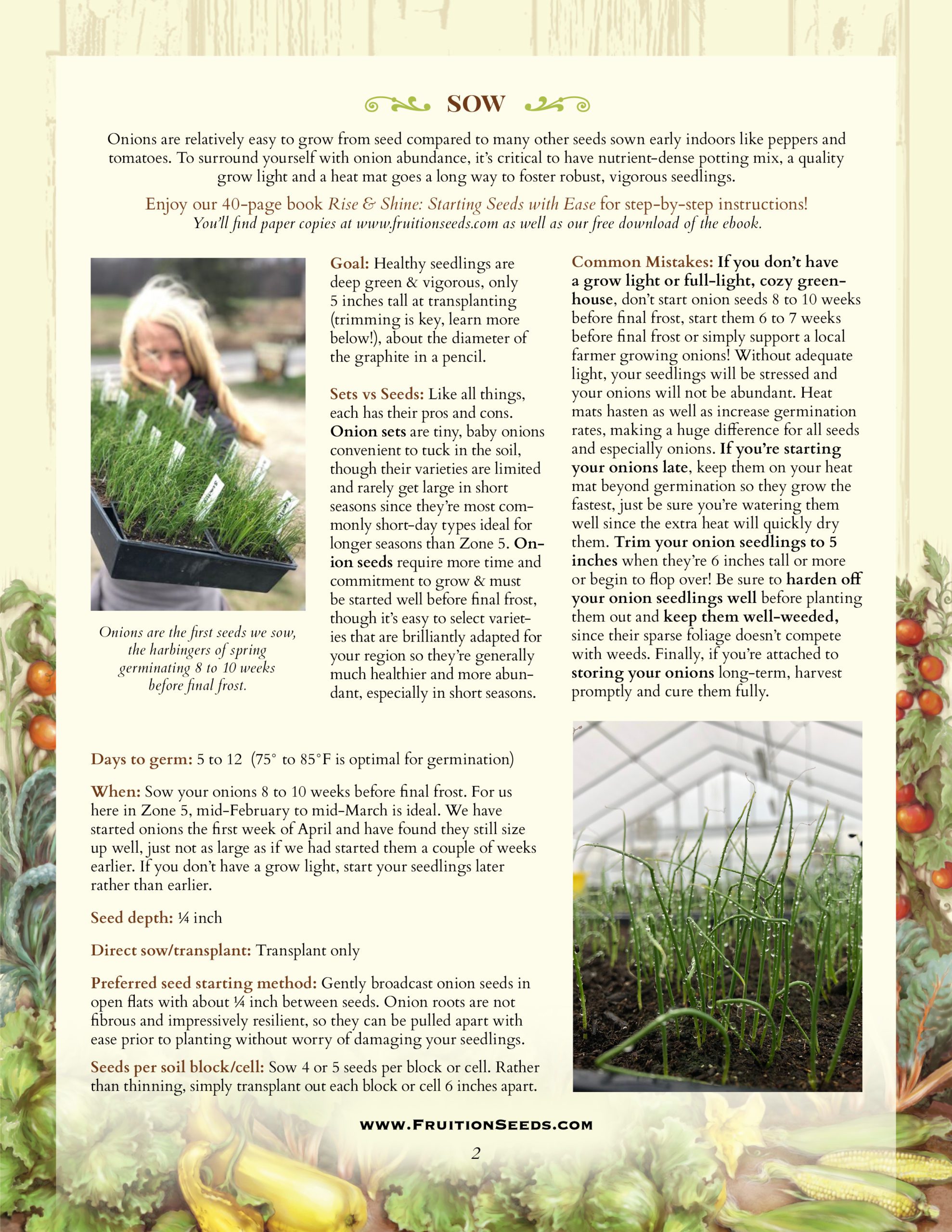

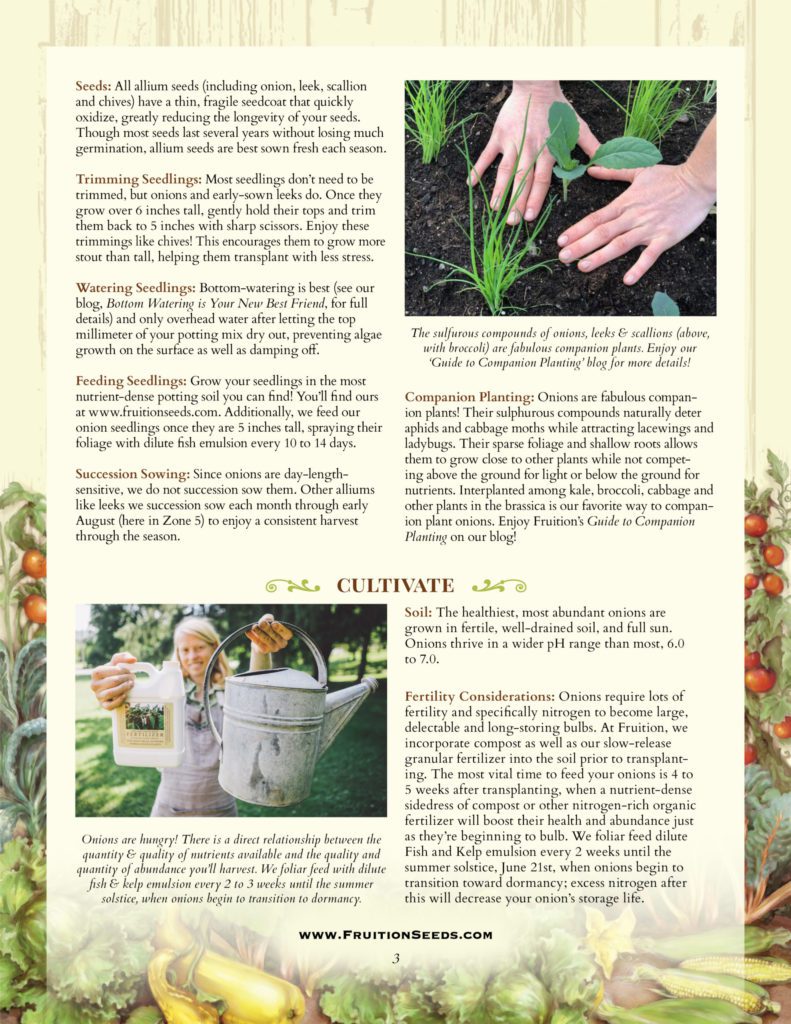

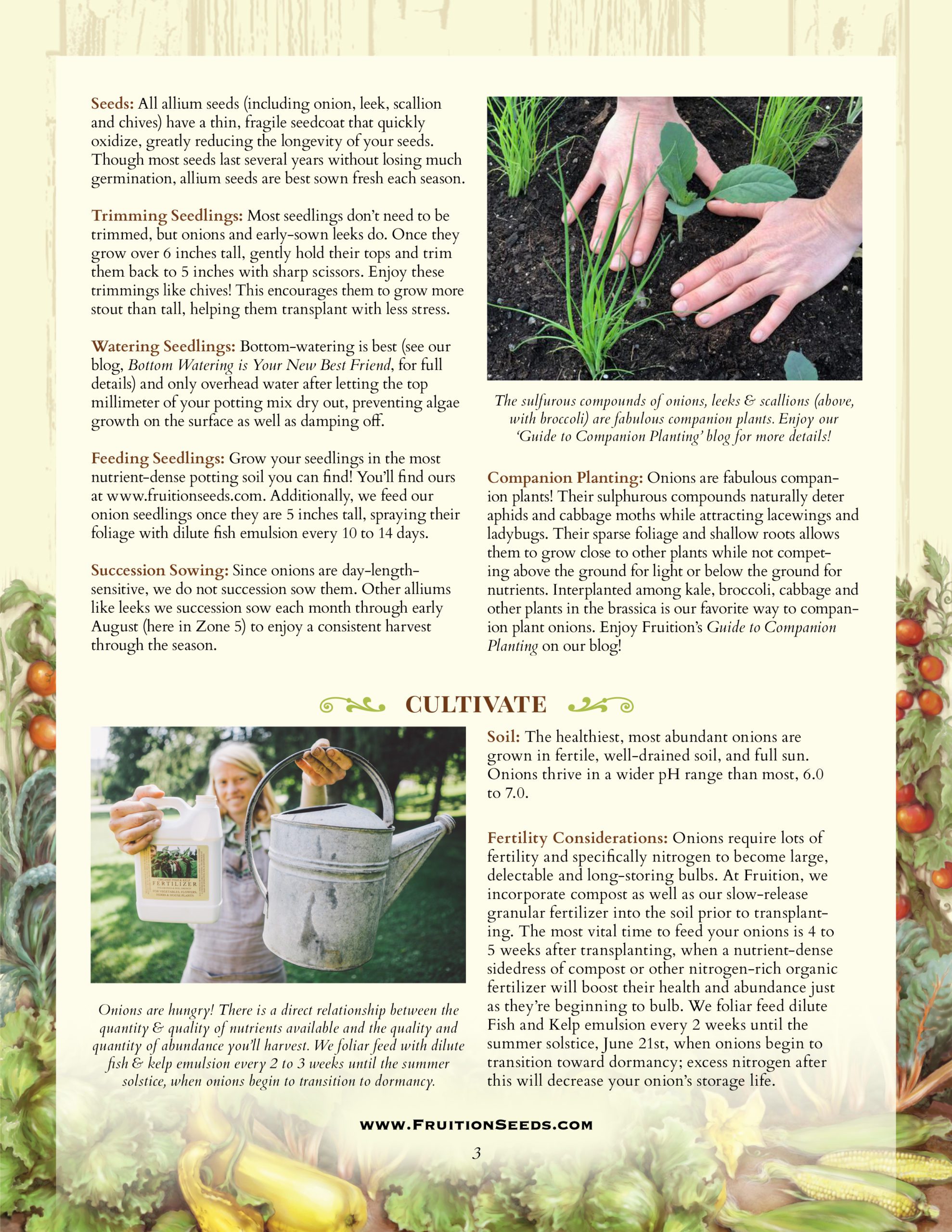

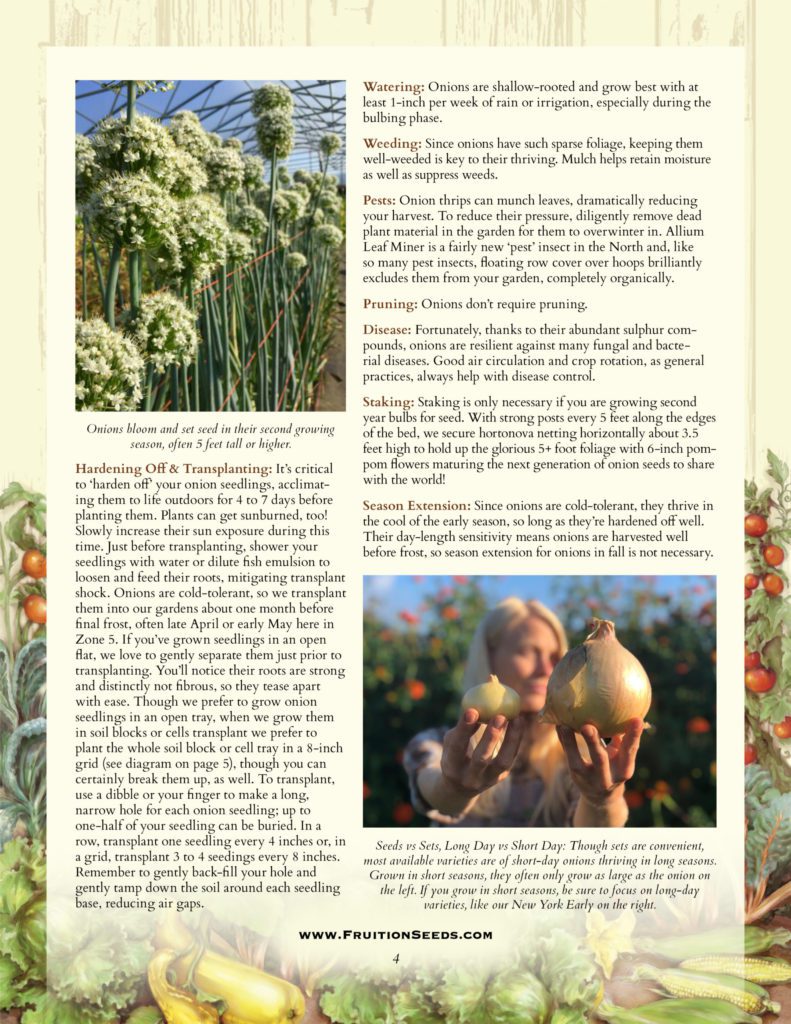

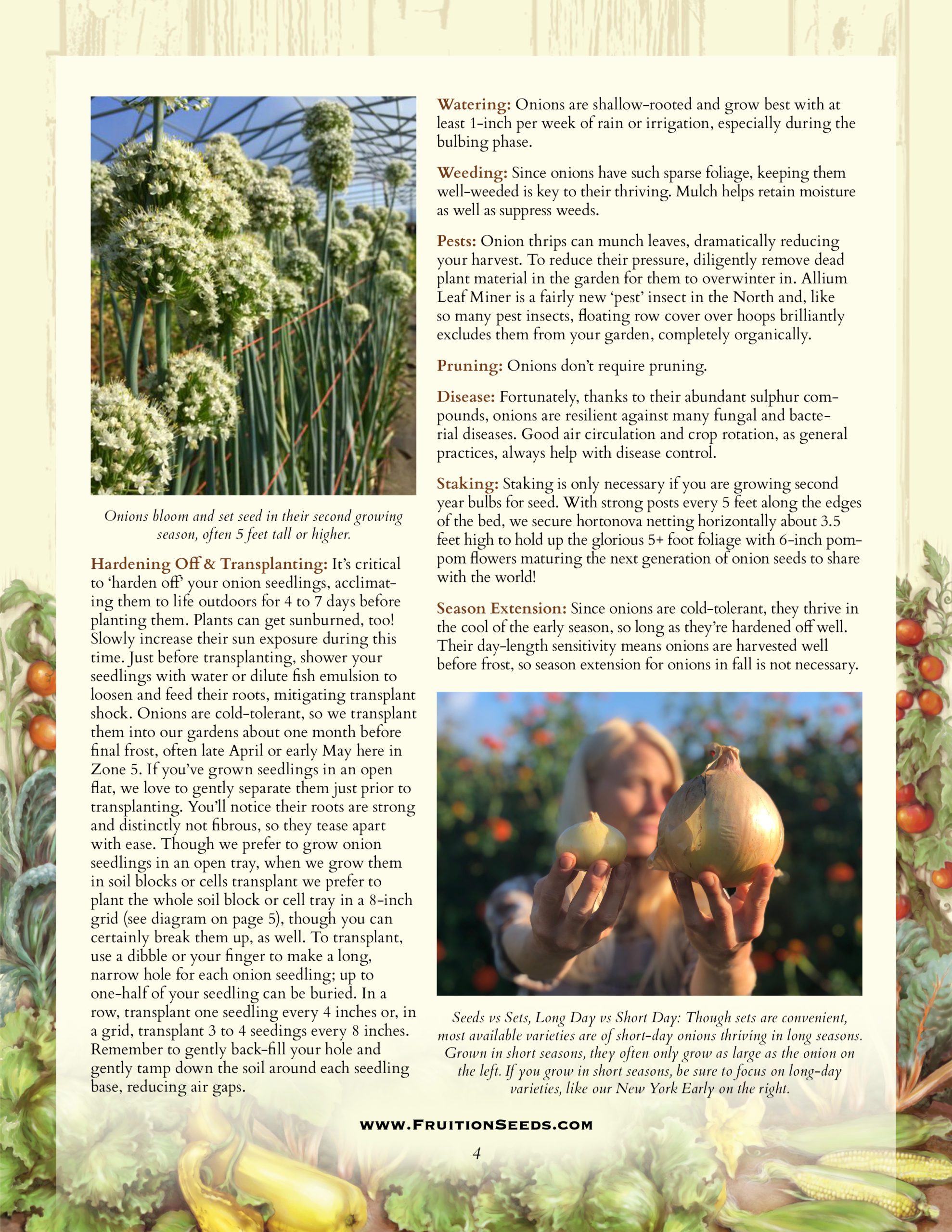

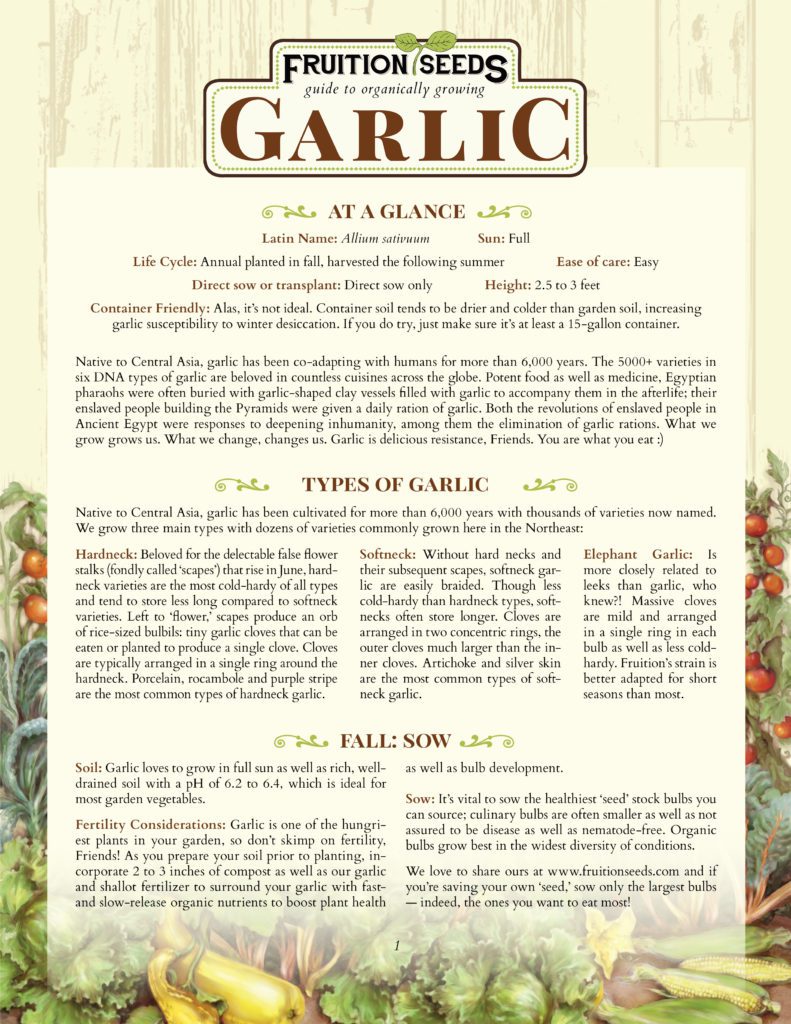

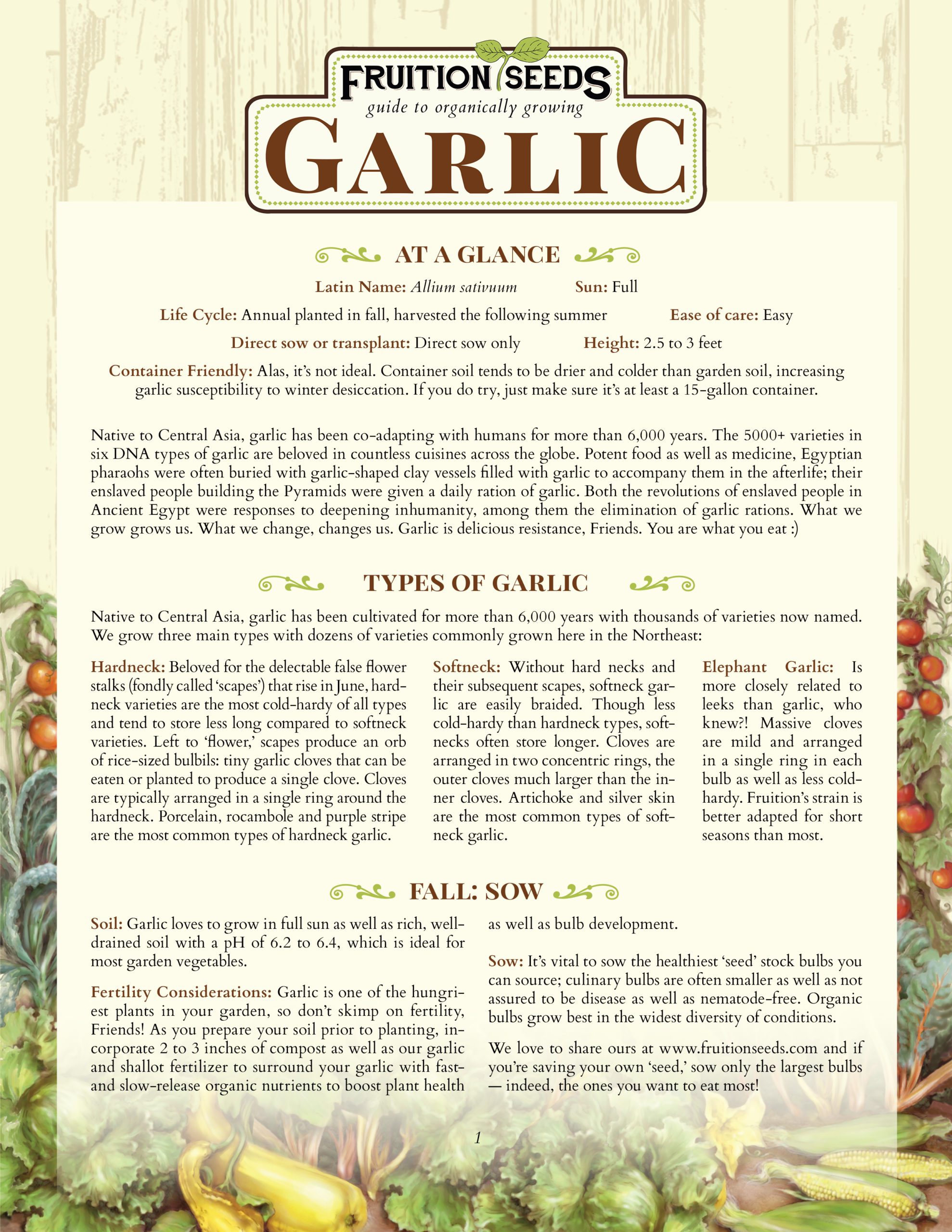

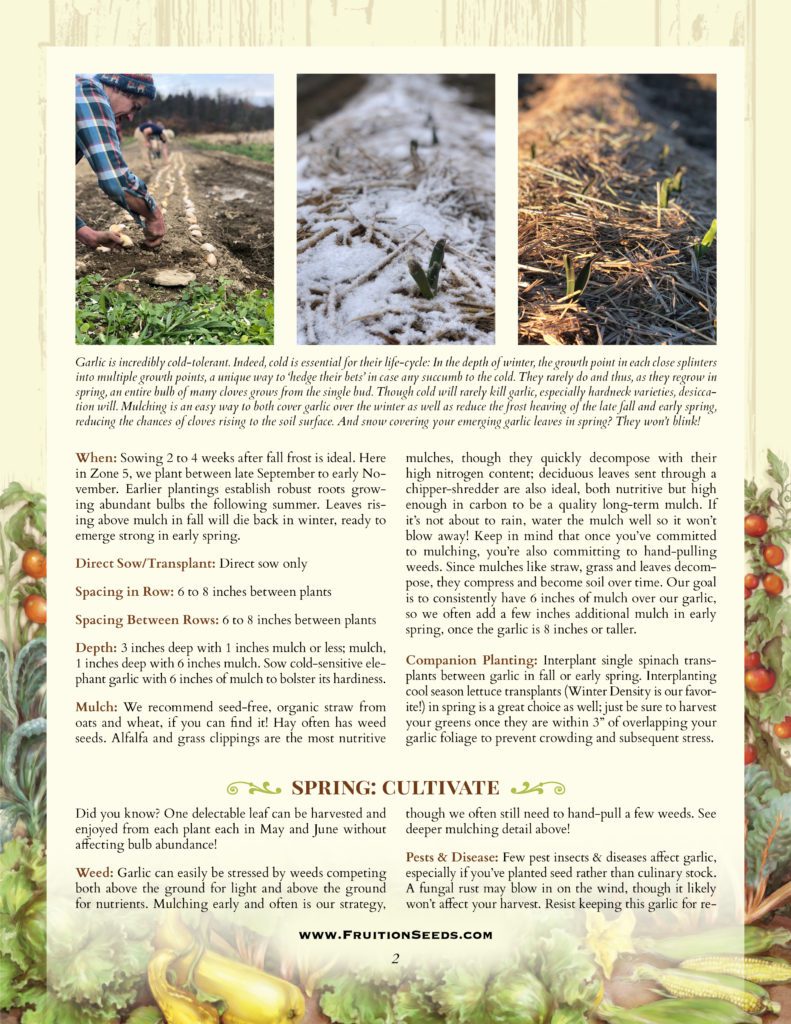

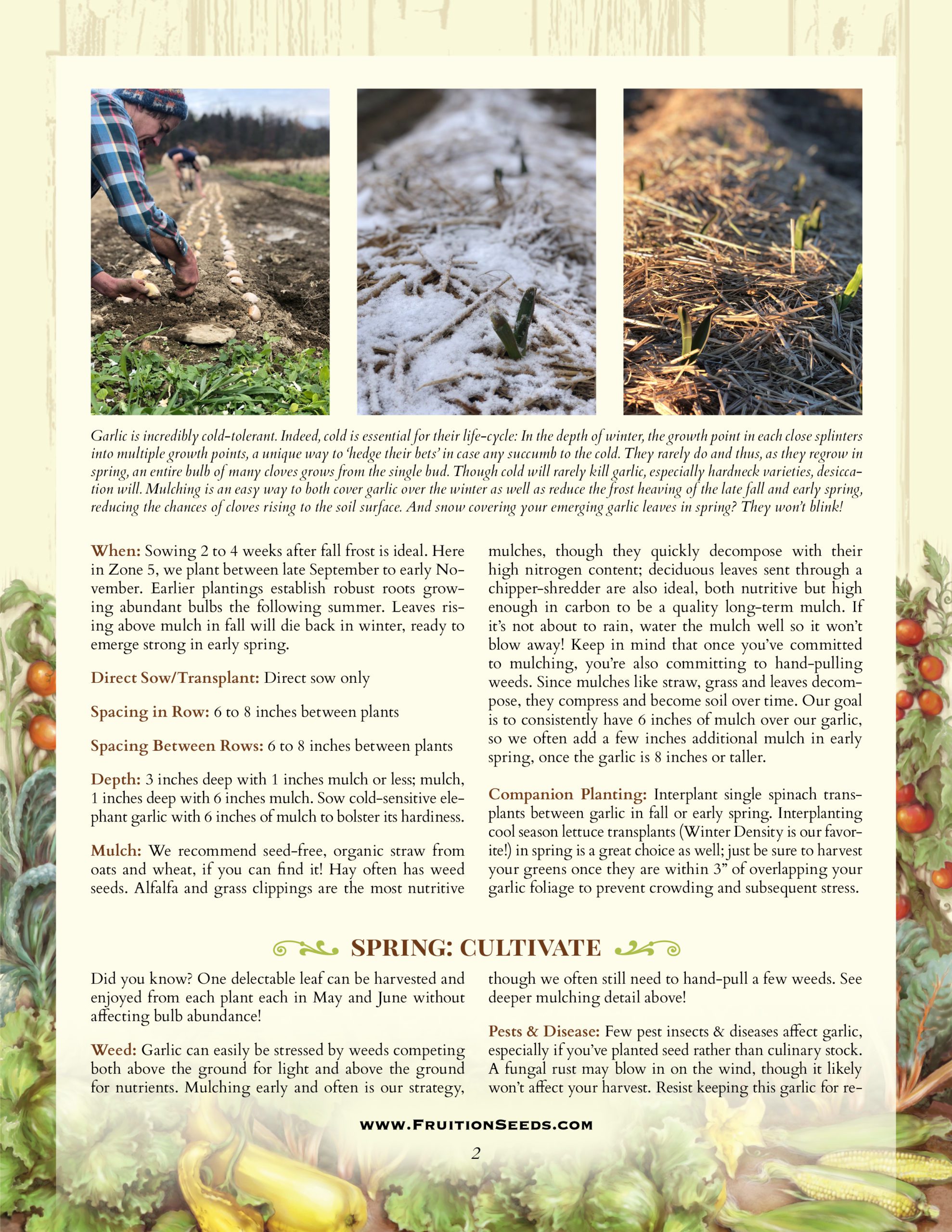

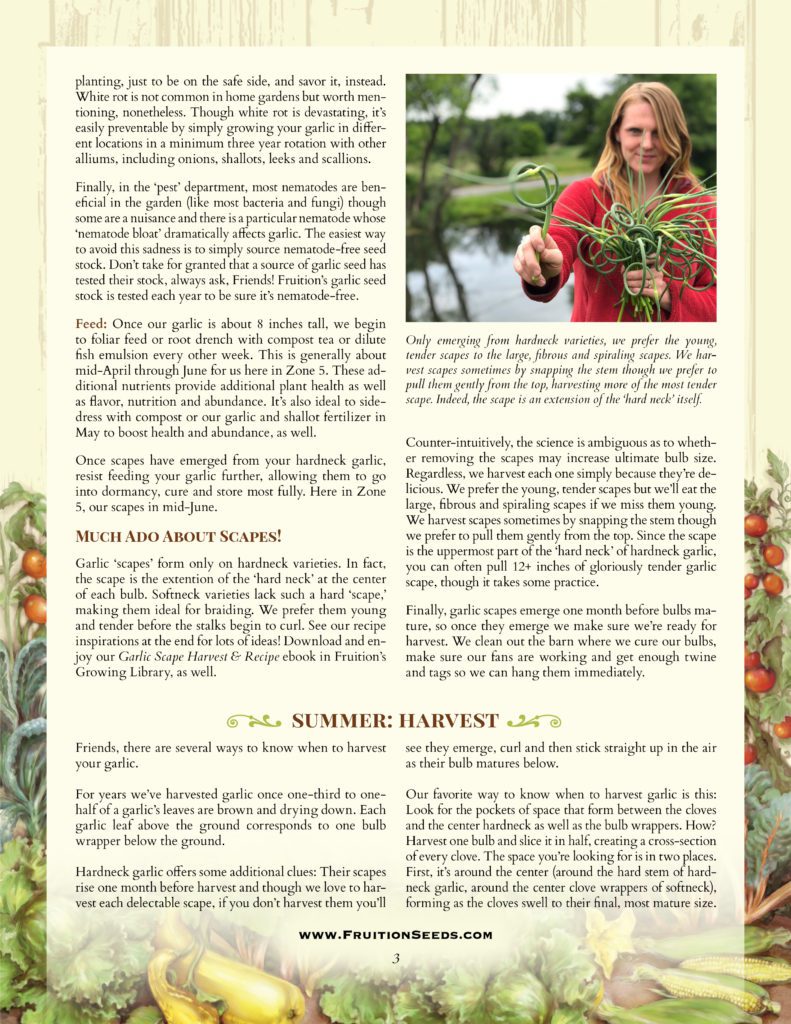

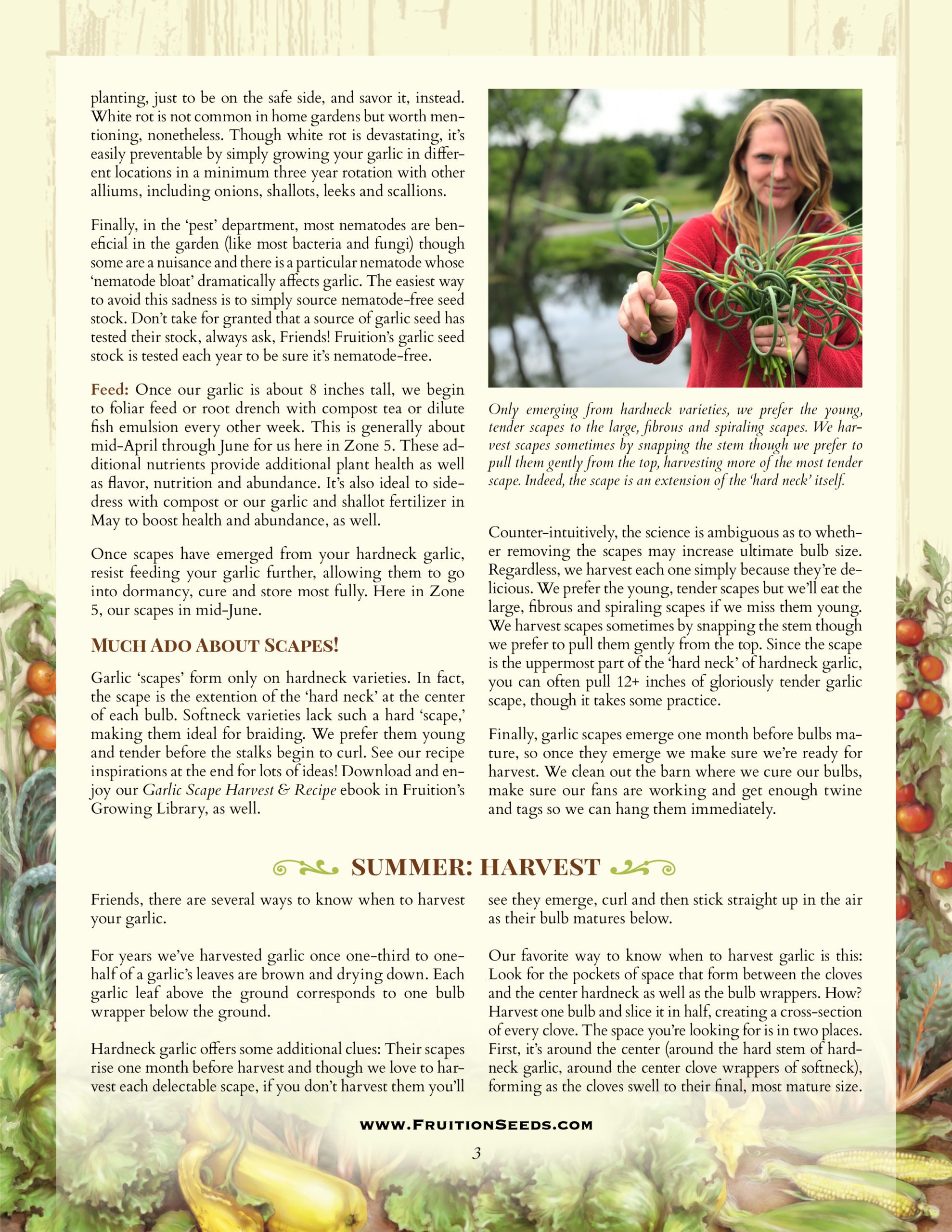

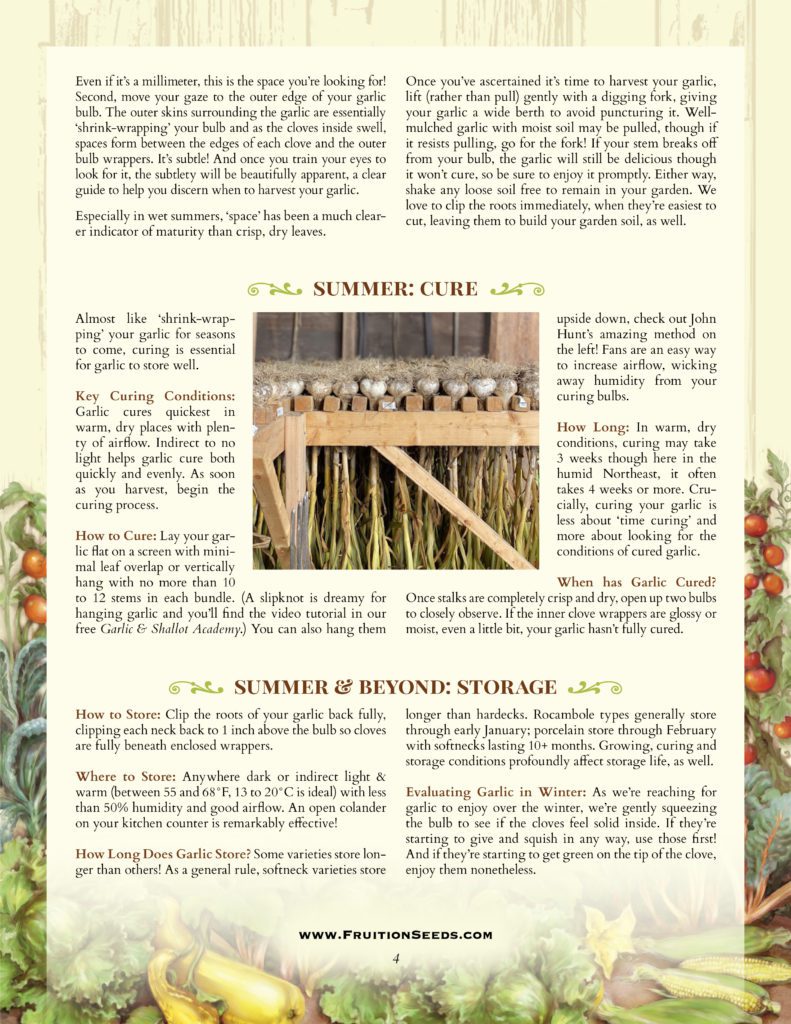

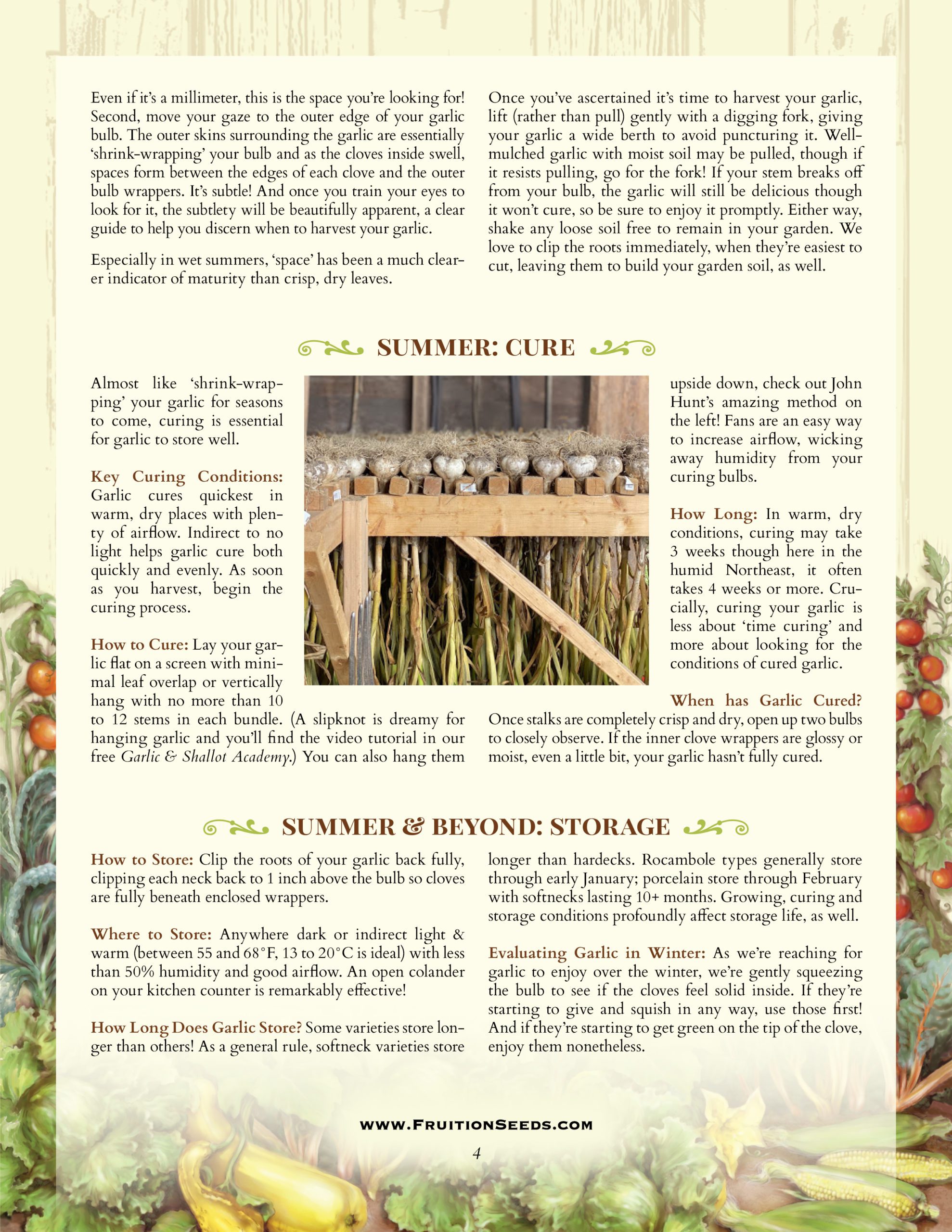

Videos
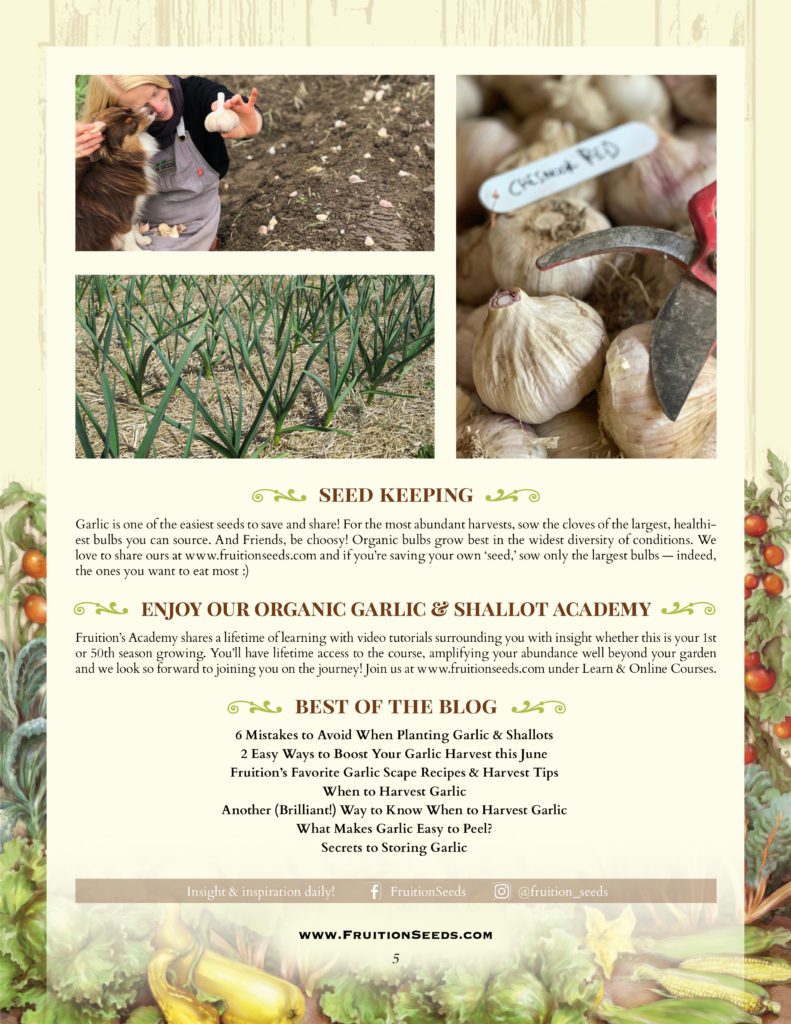

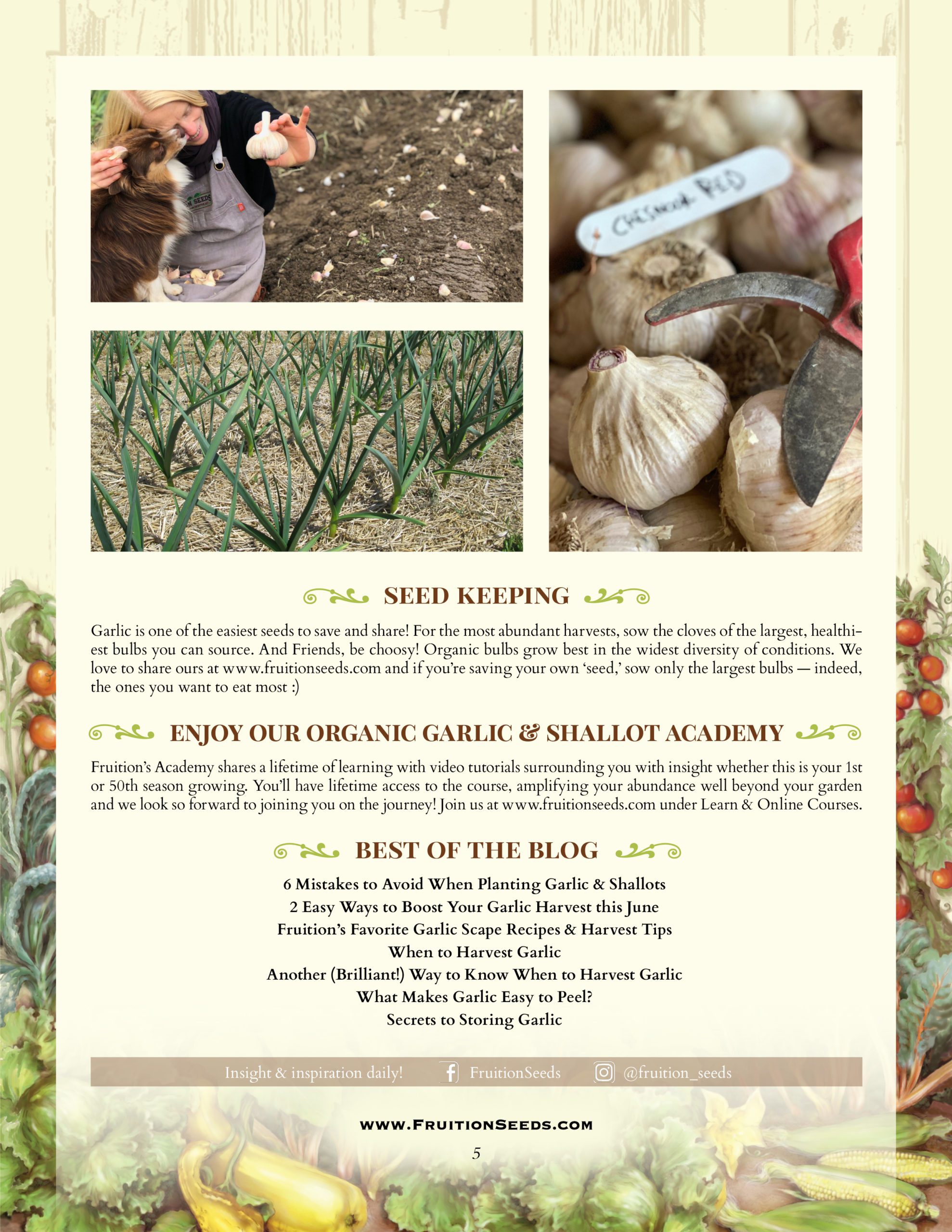

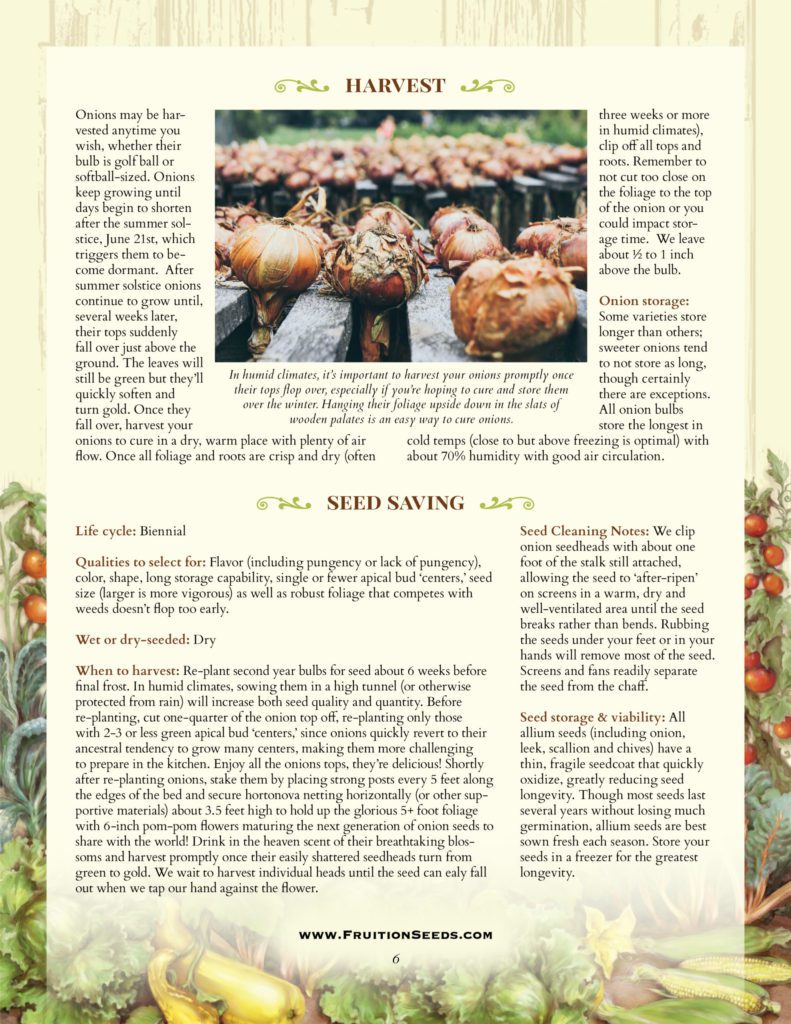

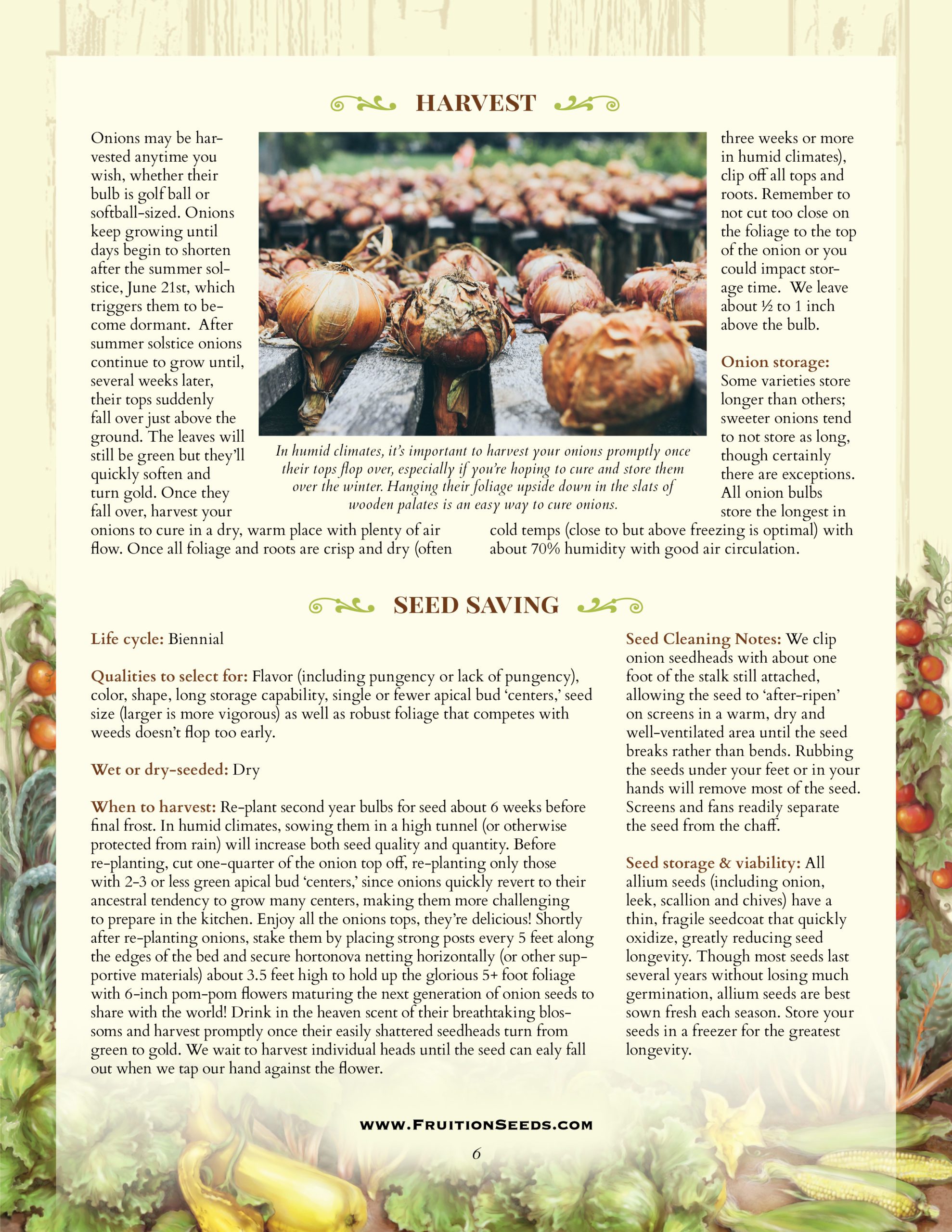


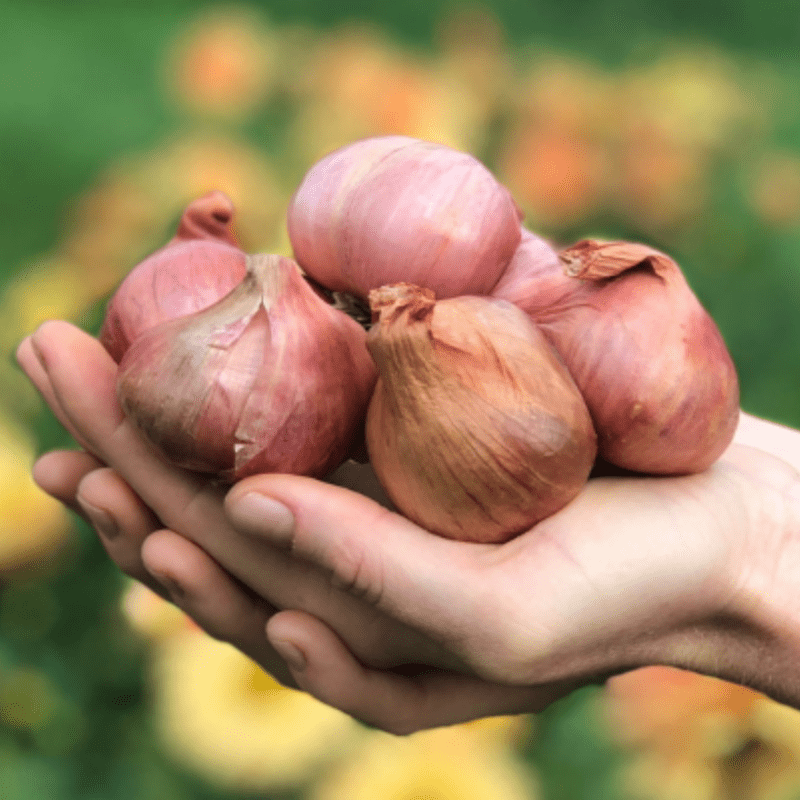

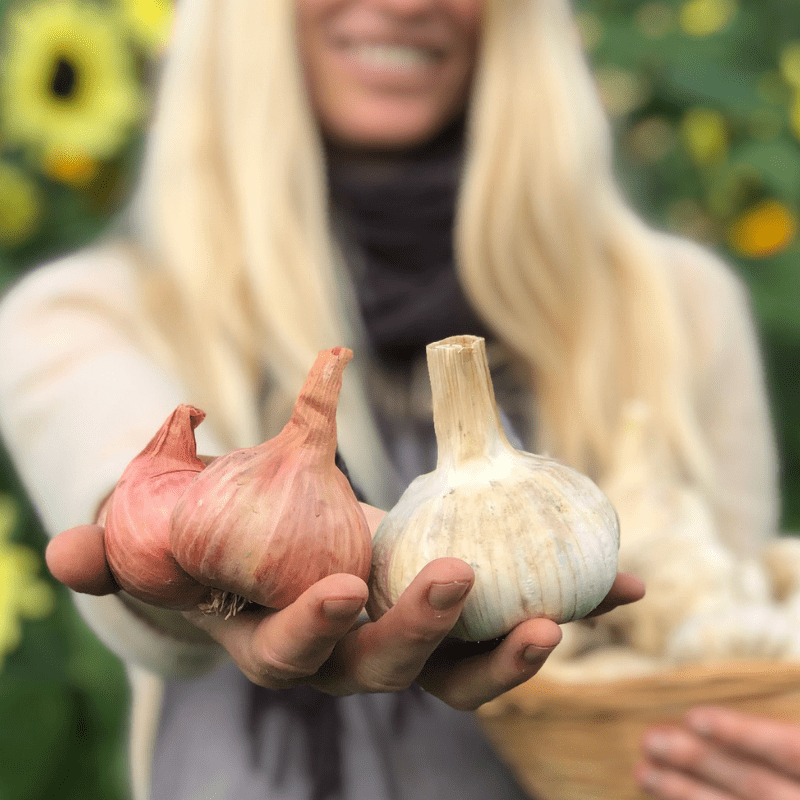
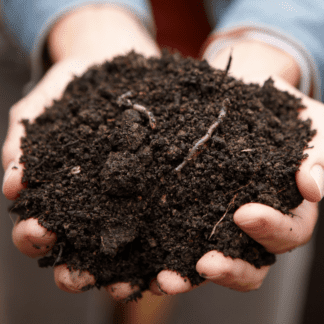
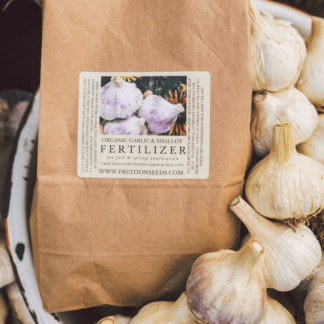
Will –
These plants are a true wonder of the natural world. I had lofty intentions of getting them in the ground during the Fall of 2020. Soon it was the second week of March 2021 and they were still sitting in their bag on the kitchen counter. I planted them, hoping they would do something… and do something, they certainly did! I planted 18 bulbs, and each one produced on average about 20 new plants. They flourished in a cool, wet spring which turned into a sweltering, dry summer here in central Kansas without skipping a beat. I harvested two heaping-full 5-gallon buckets of shallots that I am still enjoying in early February with very little spoilage. These shallots are tough, beautiful, resilient, and delicious in every way.
Julia (verified owner) –
Agree 💯 with the other reviewer. I did not get my shallots in until late April, but they still produced beautifully.